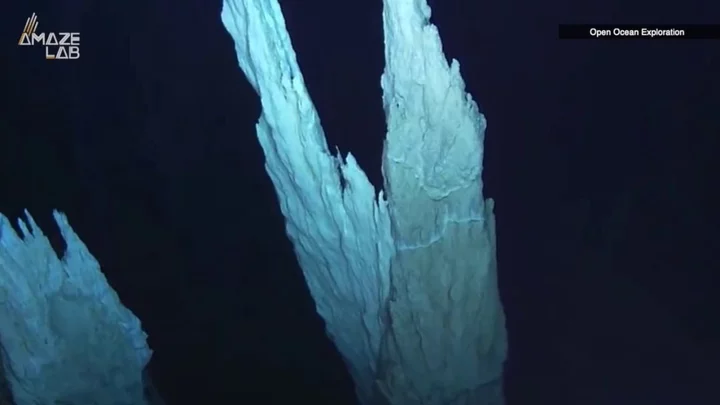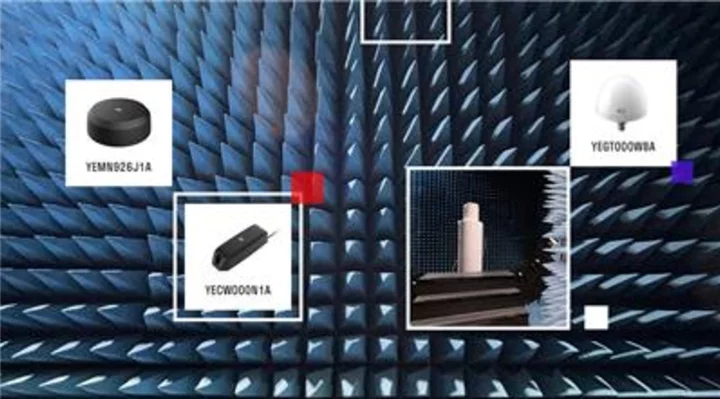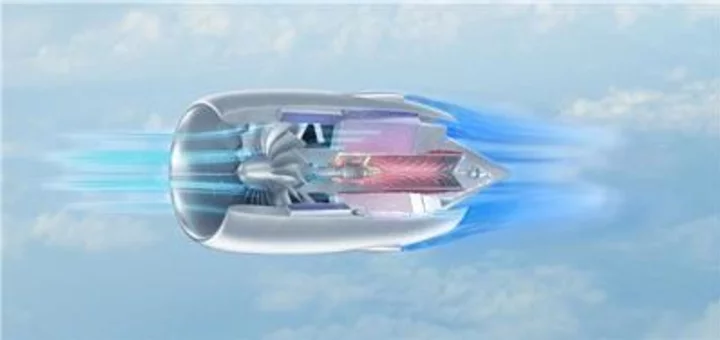The reality of what lies within our oceans has fascinated people since time immemorial, so it’s no wonder we’ve created countless myths about the watery depths.
But step aside, Atlantis, scientists have discovered a real Lost City beneath the waves, and this one is teaming with life.
The rocky, towering landscape is located west of the Mid-Atlantic Ridge mountain range, hundreds of metres below the surface of the Atlantic Ocean, and consists of massive walls, columns and monoliths stretching more than 60 metres (200ft) tall.
To be clear, it’s not the home of some long-forgotten human civilisation, but that doesn’t make its existence any less significant.
The hydrothermal field, dubbed the “Lost City” upon its discovery in the year 2000, is the longest-lived venting environment known in the ocean, Science Alert reports.
Nothing else like it has ever been found on Earth, and experts think it could offer an insight into ecosystems that could exist elsewhere in the universe.
For more than 120,000 years, snails, crustaceans and microbial communities have fed off the field’s vents, which spout out hydrogen, methane and other dissolved gases into the surrounding water.
Despite the absence of oxygen down there, larger animals also survive in this extreme environment, including crabs, shrimps and eels. Although, they are, admittedly, rare.
The hydrocarbons produced by its vents were not created by sunlight or carbon dioxide, but by chemical reactions way down on the seafloor.
This is how life on our planet may have originated some 3.7 billion years, and how it could be formed on others.
"This is an example of a type of ecosystem that could be active on Enceladus or Europa right this second," microbiologist William Brazelton told The Smithsonian back in 2018, referring to the moons of Saturn and Jupiter respectively.
"And maybe Mars in the past."
The tallest of the Lost City’s monoliths has been named Poseidon, after the Greek god of the sea, and it measures more than 60 metres high.
Meanwhile, just northeast of the tower, is a cliffside where the vents “weep” with fluid, producing "clusters of delicate, multi-pronged carbonate growths that extend outward like the fingers of upturned hands", according to researchers at the University of Washington.
There are now calls for the Lost City to be listed as a World Heritage site to protect the natural phenomenon, particularly given humans’ propensity to destroy precious ecosystems.
Back in 2018, it was confirmed that Poland had won the rights to mine the deep sea around the thermal field.
And whilst, in theory, the Lost City would not be touched by such works, as Science Alert notes, the destruction of its surroundings could have unintended consequences.
Sign up for our free Indy100 weekly newsletter
Have your say in our news democracy. Click the upvote icon at the top of the page to help raise this article through the indy100 rankings









